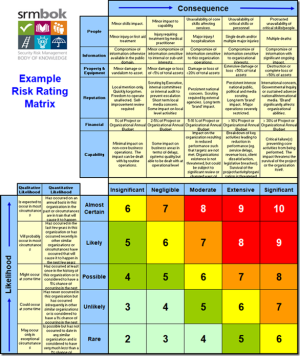Originally posted on February 3, 2023 @ 8:37 AM
When one reads ISO 45003 or any other Codes of Practice regarding Psychosocial Health it is clear that the engineers are in town. It is as if a ‘cut and paste’ has been done associating Psychosocial health as if it is just another hazard. It is NOT!
Of course, the history of the safety industry and its understanding of hazards is the history of controlling objects. 85% of the AIHS BoK is about the control of objects. For example, the silly theory of ‘damaging energies’ (AIHS BoK on Causation) and viewing humans as biological objects (AIHS BoK Humans as a Biological System). Even a casual reading of the AIHS BoK Chapter on Hazards makes it clear that the industry understands hazards as objects (with damaging energies).
And when you ever read any of this stuff on hazards, even when the language of ‘human factors’ is used. It’s never about fallible persons. Human factors safety is about the study of humans as a ‘factor’ in a system.
Throughout the history of safety, the focus has been on the control of objects. And this is how ISO 45003 and associated Codes of Practice read concerning Psychosocial health.
- No wonder you will find nowhere in safety anything about an ethic of persons, just as there is no discussion on fallibility (https://www.humandymensions.com/product/fallibility-risk-living-uncertainty/).
- No wonder you will find nowhere in safety a discussion of Holistic Ergonomics (https://www.humandymensions.com/product/the-social-psychology-of-risk-handbook/).
- Similarly, no discussion anywhere in safety of the embodied person, just as there is no discussion of care ethics (https://www.humandymensions.com/product/envisioning-risk-seeing-vision-and-meaning-in-risk/).
There is simply no focus of any substance of persons in the safety curriculum.
Now all of a sudden the industry wants to undo 50 years of history and attempt to view the ‘whole person’ whilst at the same time promoting the view that humans are hazards (https://safetyrisk.net/the-enemy-of-safety-humans/; https://safetyrisk.net/the-language-of-hazards-and-psychosocial-mental-health/). You couldn’t make this stuff up. Whilst also ensuring that the language of ‘professional’ is always uttered as the dominant adjective for the management and policing of objects.
Even when Safety wishes to talk about culture it never speaks of whole persons. The AIHS BoK Chapter on Ethics doesn’t discuss care ethics, whole persons or helping.
Just read ISO 45003 or any of the codes of practice and you won’t find anything on the care of persons. The purpose of these documents is compliance with OHS Management Systems. Here is just one example (section 4.1.2 and 4.1.3 45003):
Just look at the language that frames all concern about external and internal issues.
What is the focus? The outcomes of the Safety Management System!
BTW, Safety demonstrates clearly over its history that it has absolutely no idea what confidentiality means. Professional confidentiality is the bedrock of professional counselling.
And if you read the preamble of any of the codes of practice the most common language is about compliance! This from the Foreword of the NSW Code of Practice – Managing Psychosocial Hazards at Work.
Wonderful stuff! And how nice that an inspector can PIN your job site for a Psychosocial issue they have no qualifications or experience in!
All of this demonstrates that Safety has no clue about Psychosocial health and considers it as any hazard as, just the control of objects.
In SPoR, we understand that safety is about the care and helping of persons in ethical practice. We understand that tackling risk in Psychosocial and Mental Health are a ‘wicked Problem’. This means that treating this issue as a ‘hazard’ can only make things worse.
- Humans are NOT objects in systems.
- Humans are NOT hazards.
- Neither are the symptoms of Psychosocial and Mental Health a ‘hazard’.
The language of ‘Psychosocial hazard’ is a recipe for brutalism, toxic workplaces and driving related issues underground.
All of this beautifully resonates with the global mantra of zero, intolerance and controlling objects.
I know. Let’s show our concern for toxic workplaces and harm by creating a standard and code to make them more toxic and harmful.
Can you just imagine a Safety Management System where personal concerns, stressors, mental health issues and relational/social concerns are registered and reported as a ‘hazard’ on a hazard register. You could make this s%#t up.
Welcome to the nightmare (https://safetyrisk.net/welcome-to-the-nightmare-safety-creates-its-own-minefield-as-usual/) as only Safety can dream them.





Do you have any thoughts? Please share them below